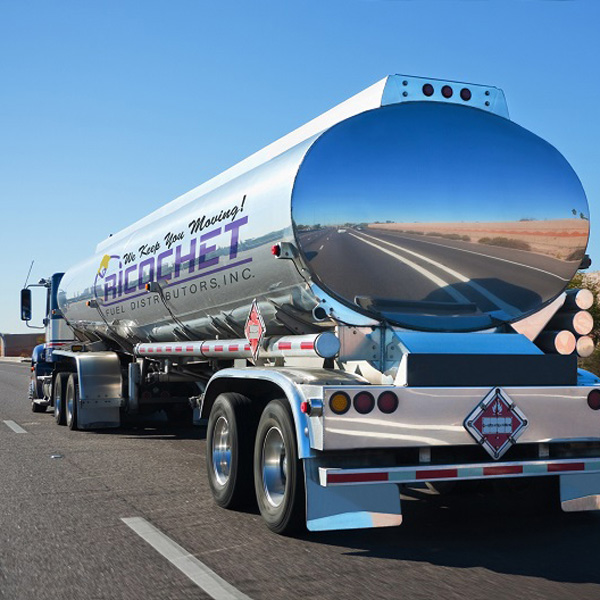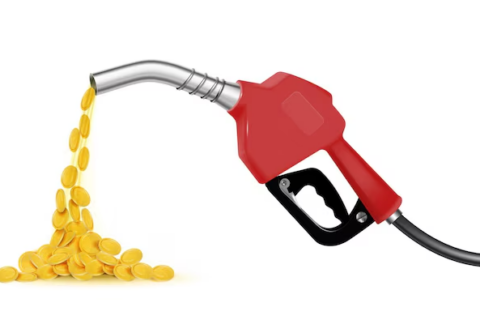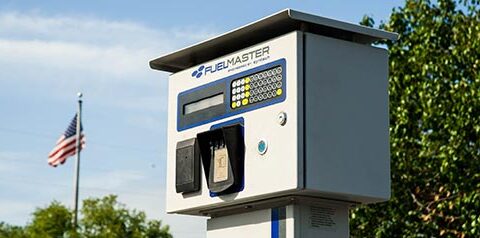Safety Tips for Fuel Storage at Construction Sites
In the fast-paced world of construction, where deadlines loom, and projects demand meticulous coordination, fuel management safety often takes a backseat. Yet, the significance of adhering to strict protocols for construction site fuel storage safety cannot be overstated. From preventing environmental hazards to mitigating the risk of accidents, proper fuel storage practices are paramount for the well-being of workers and the success of projects. In this article, we delve into essential safety tips for fuel storage at construction sites, emphasizing the importance of diligence and foresight in fuel management.
Proper Fuel Storage Equipment
Double-walled Fuel Tanks:
Ensuring the safety of fuel storage begins with investing in the right equipment. Double-walled fuel tanks stand as a formidable defense against leaks and spills, providing an extra layer of protection against environmental contamination. These tanks are designed to withstand the rigors of construction sites, offering durability and peace of mind.
Secure Fuel Tank Caps:
Equally crucial are secure fuel tank caps, which prevent unauthorized access and safeguard against fuel theft. These caps are equipped with locking mechanisms to deter tampering and ensure that only authorized personnel have access to the fuel supply, enhancing security at the construction site.
Proper Labeling and Signage:
Proper labeling and signage further enhance safety by clearly indicating the contents and hazards associated with fuel storage areas. Clear and visible labels communicate important information about the type of fuel stored, emergency contact numbers, and safety precautions, aiding in quick identification and response in case of an incident.

Location and Placement of Fuel Tanks
Distance from Ignition Sources:
Strategic placement of fuel tanks plays a pivotal role in minimizing risks at construction sites. Maintaining a safe distance from ignition sources such as open flames and electrical equipment is imperative to prevent potential fire hazards. Regular assessments of the construction site’s layout and operations help identify and mitigate potential ignition sources, ensuring a safe environment for fuel storage.
Avoiding High-Traffic Areas:
Furthermore, situating fuel tanks away from high-traffic areas reduces the likelihood of accidental collisions and ensures unimpeded access for refueling operations. By designating specific areas for fuel storage away from the hustle and bustle of construction activities, the risk of accidents and disruptions is significantly reduced, promoting efficiency and safety on-site.
Environmental Considerations:
Environmental considerations, such as avoiding areas prone to flooding or soil contamination, also inform prudent decisions regarding the placement of fuel storage facilities. Conducting thorough environmental assessments of potential storage locations helps identify and mitigate risks associated with soil contamination, water runoff, and other environmental hazards, safeguarding both the construction site and surrounding ecosystems.
Regular Inspection and Maintenance
Checking for Leaks and Damages:
Vigilance in inspecting and maintaining fuel storage equipment is paramount to detect and address potential hazards proactively. Regular checks for leaks and damage to fuel tanks can prevent costly spills and environmental damage. Implementing a schedule for routine inspections and maintenance tasks ensures that any issues are identified and resolved promptly, minimizing the risk of accidents and disruptions on the construction site.
Testing Fuel Quality:
Additionally, testing the quality of stored fuel ensures optimal performance of construction machinery while minimizing the risk of engine malfunctions. Regular fuel quality testing helps identify any contaminants or degradation that may affect the performance of equipment, allowing for timely interventions to maintain operational efficiency and prevent costly downtime.
Cleaning and Servicing Fuel Tanks:
Routine cleaning and servicing of fuel tanks help prolong their lifespan and ensure compliance with safety standards. Regular maintenance tasks, such as removing sediment and debris, checking for corrosion, and inspecting seals and fittings, are essential for preserving the integrity of fuel tanks and preventing potential leaks or failures. Adhering to a maintenance schedule recommended by manufacturers or industry standards ensures that fuel tanks remain in optimal condition, promoting safety and reliability at the construction site.
Fuel Transportation Safety
Using Approved Containers and Vehicles:
Safe transportation of fuel to and from construction sites is as crucial as proper storage. Utilizing approved containers and vehicles designed for transporting flammable liquids minimizes the risk of spills and accidents during transit. These specialized containers and vehicles undergo rigorous testing and adhere to safety standards to ensure secure transportation.
Handling Fuel with Caution:
Handling fuel with caution, adhering to established loading and unloading procedures, and securing containers to prevent shifting during transport are essential safety measures. Proper training and supervision are paramount to ensure that fuel handling procedures are followed meticulously, minimizing the risk of spills and accidents during transportation.
Emergency Response Preparedness:
Furthermore, maintaining readiness for emergency response situations, such as carrying spill containment kits and fire extinguishers, enhances preparedness and mitigates potential risks. Prompt and effective response to emergencies is crucial to contain spills, prevent environmental damage, and ensure the safety of personnel and bystanders.
Employee Training and Awareness
Educating Workers on Fuel Safety Protocols:
Empowering construction site personnel with the knowledge and skills necessary to handle fuel safely is paramount to fostering a culture of safety. Comprehensive training programs should educate workers on fuel safety protocols, emphasizing the importance of adhering to established procedures and reporting any safety concerns promptly. Regular refresher courses and ongoing communication reinforce these protocols, ensuring that safety remains a top priority on the construction site.
Providing Clear Instructions:
Providing clear instructions for handling fuel, including proper refueling techniques and emergency response procedures, equips workers with the tools they need to mitigate risks effectively. Visual aids, such as instructional posters and safety manuals, can complement training efforts by providing accessible reference materials for workers. Open channels of communication encourage workers to seek clarification and raise any safety concerns, fostering a proactive approach to fuel safety.
Conclusion
Prioritizing safety in fuel storage at construction sites is not only a legal obligation but also a moral imperative. By implementing the safety tips outlined in this article, construction companies can mitigate the risk of accidents, protect the environment, and safeguard the well-being of their workforce.
For reliable fuel distribution services and expert guidance on on-site fuel tank solutions, visit Ricochet Fuel Distributors today. Ensure the safety and efficiency of your construction projects with our trusted fuel management solutions.


